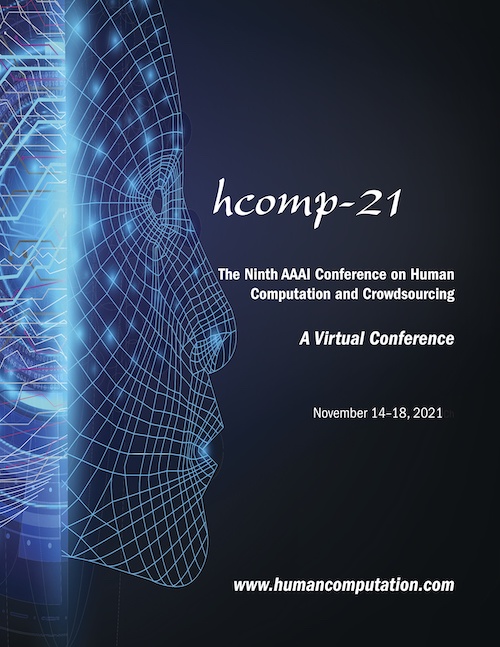Modeling Simultaneous Preferences for Age, Gender, Race, and Professional Profiles in Government-Expense Spending: A Conjoint Analysis
DOI:
https://doi.org/10.1609/hcomp.v9i1.18942Keywords:
Preferences, Decision-making, Crowdsourcing, Conjoint Analysis, Gender, Ethnicity, Profession, AgeAbstract
Bias can have devastating outcomes on everyday life, and may manifest in subtle preferences for particular attributes (age, gender, ethnicity, profession). Understanding bias is complex, but first requires identifying the variety and interplay of individual preferences. In this study, we deployed a sociotechnical, web-based human-subject experiment to quantify individual preferences in the context of selecting an advisor to successfully pitch a government-expense. We utilized conjoint analysis to rank the preferences of 722 U.S. based subjects, and observed that their ideal advisor was White, middle-aged, and of either a government or STEM-related profession (0.68 AUROC, p < 0.05). The results motivate the simultaneous measurement of preferences as a strategy to offset preferences that may yield negative consequences (e.g. prejudice, disenfranchisement) in contexts where social interests are being represented.Downloads
Published
2021-10-04
How to Cite
Ibrahim, L., Ghassemi, M. M., & Alhanai, T. (2021). Modeling Simultaneous Preferences for Age, Gender, Race, and Professional Profiles in Government-Expense Spending: A Conjoint Analysis. Proceedings of the AAAI Conference on Human Computation and Crowdsourcing, 9(1), 84-96. https://doi.org/10.1609/hcomp.v9i1.18942
Issue
Section
Full Archival Papers

